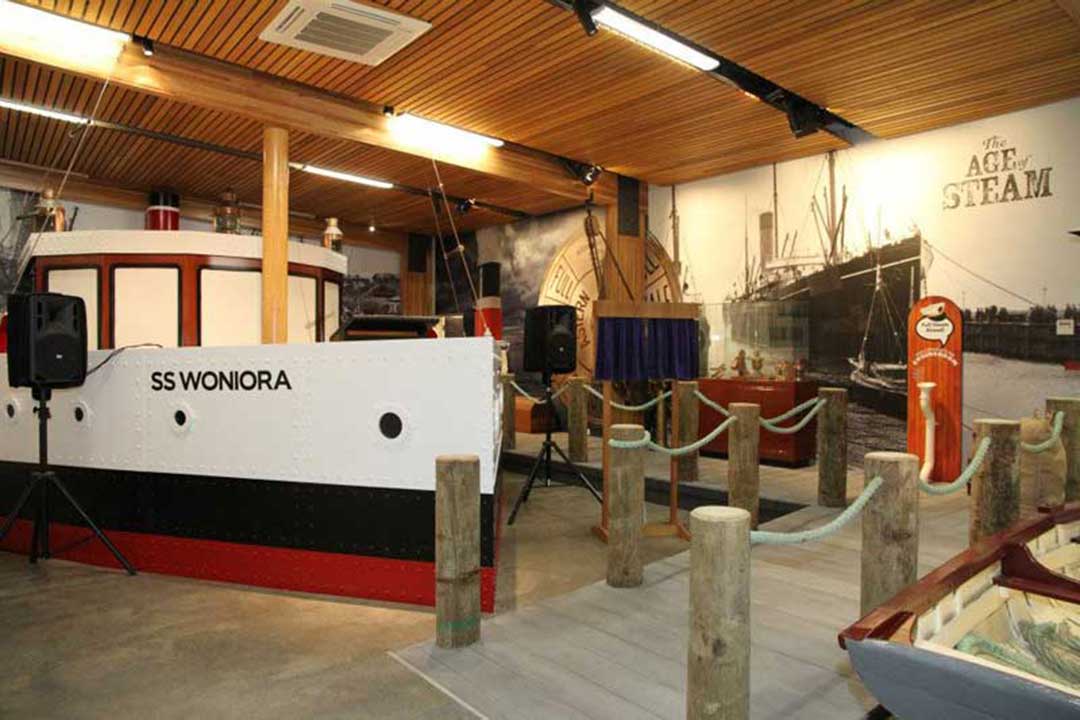History of Devonport

Formby (Devonport) from Torquay (East Devonport), 1874
History
Originally named the Second Western River, the Mersey was given its present named by Van Diemen's Land Company's agricultural adviser, Alexander Goldie, and surveyor Joseph Fossey in the winter of 1826. The report of the VDL Company’s exploration party of November 28th, 1826, records that Henry Hellyer, the Company’s chief architect, named the mouth of the Mersey 'Port Frederick' after his right-hand man and assistant, Richard Frederick, on Hellyer's land-based expedition through the area, a few months after Goldie's sea-based visit. This name was never officially adopted, nor was it ever recorded again.
The first roads through the district seem to have developed from the tracks along the dry ridges and around the boggy flats of the lower Mersey created by the cattle of William Field. His cattle and those of the VDL Co. supplied the early colonists and prison encampments in the area with most of the beef that was used. The men who came hunting for the cattle with lassoos and stock-whips, found tracks beaten by their hoofs right back into the unknown parts of the country. Many of the first roads around Latrobe and Devonport were formed in this way.
During the 1850s the twin settlements of Formby and Torquay were established on opposite banks at the mouth of the Mersey River. Torquay (now East Devonport) on the eastern shore was the larger community with police, post office, magistrate's court, at least three hotels, shipyards and numerous stores. A river ferry service connected the two communities. Between 1870 and 1880 the shipping industry grew and work was undertaken to deepen the mouth of the river. When the mouth of the river could support a shipping industry the first regular steamer services commenced, operating directly between the Mersey and Melbourne.

Devonport Wharf, 1902
In 1882 the Marine Board building was built and remains one of the oldest standing buildings in Devonport. Seven years later, the Bluff lighthouse was completed and by the turn of the century the coming of the railway make a significant difference to the two communities. At Formby, the railhead and port facilities were combined in the one place, a wharf was created on the west bank, close to the railway. Warehouses and other facilities were erected and Formby took over as the main centre. In 1890 a public vote united Torquay and Formby, and the settlements became the town of Devonport.
The Victoria bridge was opened in 1902 which enabled a land transport link between Devonport and East Devonport. Devonport was proclaimed a city by Prince Charles of Wales on 21 April 1981 in a ceremony conducted on the Devonport Oval.
History of Devonport
Heritage Buildings

Home Hill
A single storey timber house in excellent condition built about 1910. The house is complemented by extensive landscaped grounds. It was the home of the late Prime Minister of Australia, The Hon J Lyons. The home features a bay window, some twelve pane windows, elegant cast iron trim to verandahs, and timber patterning to some gable ends. Location: 77 Middle Road, Devonport.

Mount Pleasant
Mount Pleasant is the oldest property in Devonport and surrounds. Built around 1854, it remained in the same family until purchased by the National Trust (NW Branch). It is a single story Georgian transitional cottage obviously derived from the Indian Bungalow. The building is intact and in original condition with an extensive old old garden. Its location on top of the highest ground in East Devonport is important and the building and grounds are essential townscape elements. Location: 107 David Street, East Devonport.
Westpac Bank Building
Demolished in 1990, this building was the only Heritage Listed building in the Devonport central business district. The Bank was constructed in 1928-1929 for the Bank of New South Wales, with a residence above. It is an important neo-classical building which is unusual for Devonport and the coastal towns in the north-west region, and an excellent example of a provincial bank virtually in its original condition. The street facade of the building is particularly significant having finely moulded cornices, dentils, egg and dart mouldings, consuls, rustications and two composite order columns with finely moulded capitals. Examples of the standard of craftsmanship displayed in this stucco facade are now very rare on the north-west coast. 33 Stewart Street, Devonport.

Former Bank Building
This is a two storey brick bank building set on a corner location with the entry on a recessed section on the corner. The building has a granite plinth, trifoliate window heads on the ground floor and semi-circular windows heads on the first floor and a brick parapet and entablature on the first floor. It was built for the Commercial Bank of Tasmania and demonstrates the principal characteristics of a two storey brick Federation Freestyle commercial building. Location: 43 Rooke Street, Devonport.

Bass Strait Maritime Centre
Devonport's maritime history is celebrated at the Bass Strait Maritime Centre, which features a large collection of model ships. Devonport's seafaring connection continues today through the Spirit of Tasmania, the only passenger ferry operating across Bass Strait.
Location: 6 Gloucester Ave, Devonport. Ph (03) 6424 7100.
Website

